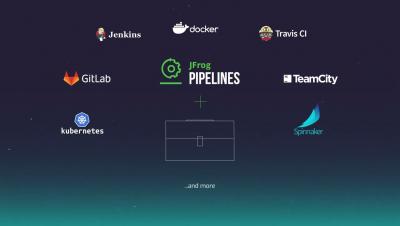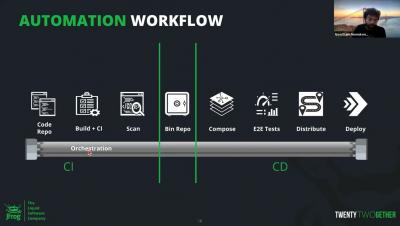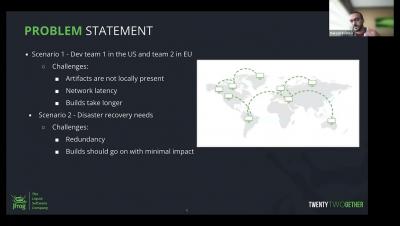JFrog Pipelines
JFrog Pipelines is a next-generation CI/ CD automation and orchestration tool that embraces and enhances your pipeline processes. It provides a centralized command and control mechanism across all your DevOps Pipelines. It is part of the most comprehensive universal platform for global DevOps, the JFrog Platform.











